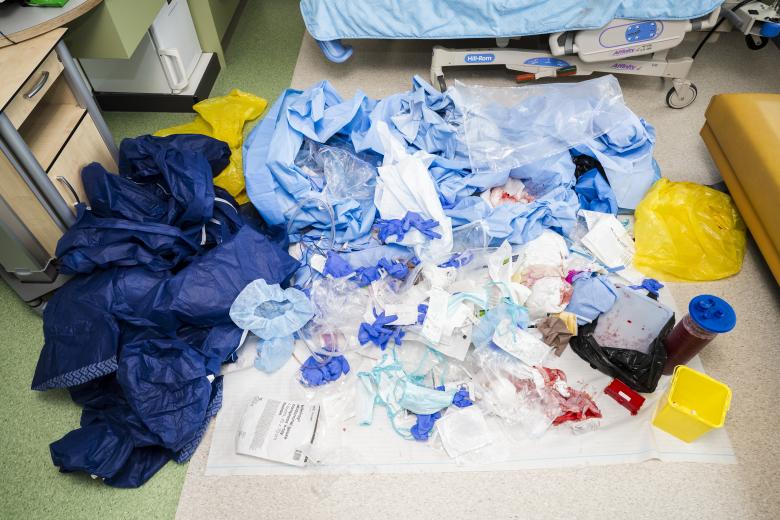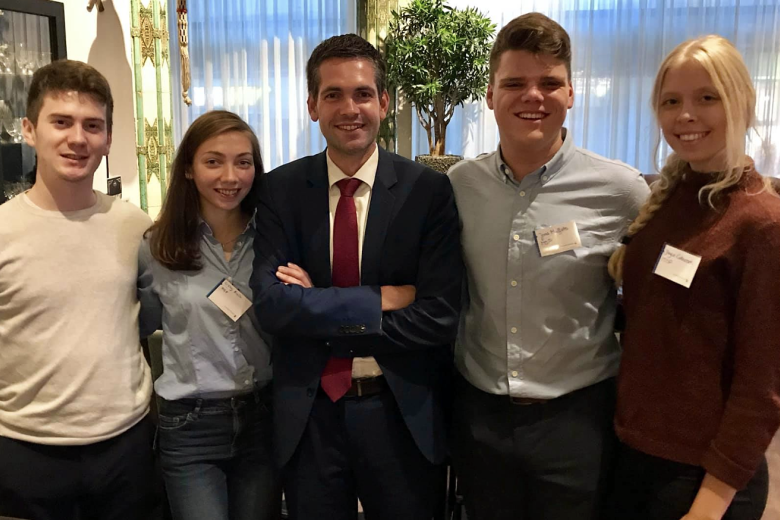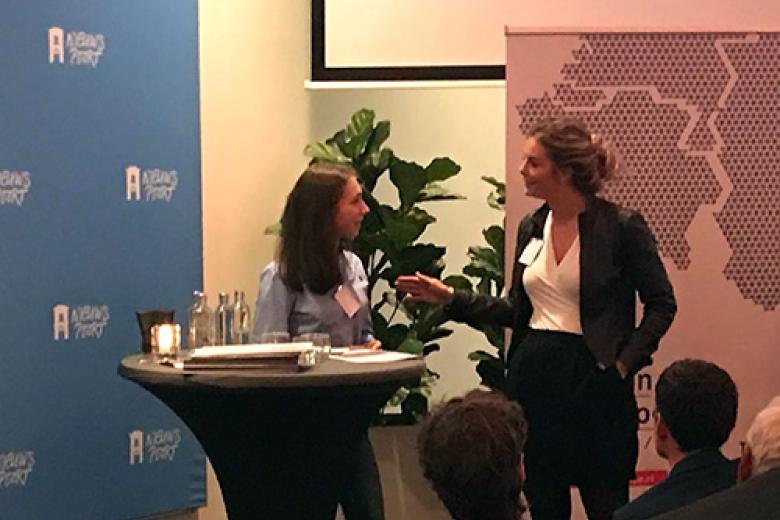Limburg soil stable enough for Einstein Telescope
The possible construction of the Einstein Telescope in South Limburg is a step closer now that research has shown that the soil under the hills is stable enough for the ten-kilometre-long detectors of gravitational waves. Maastricht University, one of the participants in the project, is pleased with the results.
Measuring gravitational waves will give us a better understanding of the nature of gravity as well as more information about the origin of the universe. According to Albert Einstein, collisions of celestial bodies create distortions of space-time. As a result, heavy, energy-rich objects move through space at a higher speed, creating ‘ripples in space-time’. This produces a gravitational wave, traveling through the universe at the speed of light and very slowly losing its energy.
A colossal laser detector is needed to measure these waves. The structure, called Einstein Telescope, will consist of three tunnels, each ten kilometers in length and constructed a few hundred metres below ground. The soil must be extremely stable. Two locations are still in the race for the construction of the detector: Limburg and Sardinia. Soil research has now shown that the intended location in South Limburg is suitable for the sensitive telescope. The rocky ground in the relatively sparsely populated area is quiet and hard, guaranteeing sufficient damping of the vibrations.
Boost to regional economy and international science
Both the province and Maastricht University are happy with the results of the research. The arrival of the Einstein Telescope is expected to give a significant boost to the economy of the region, and the world of science is also looking forward to the start of the project. Since 2014, the National Institute for Subatomic Physics Nikhef has been working on gravitational waves, which were first detected a year later.
UM has recently joined the institute and appointed appointed Prof. dr. Stefan Hild early this year to work on the construction of the construction of the ‘ET Pathfinder’, a prototype of the Einstein Telescope. The construction of this "testing facility" may increase the chance of Limburg being selected. A decision is expected in a few years. The construction of the Einstein Telescope is not expected to start before 2025.
Also read
-
Hospital plastic gets a second life: €3 million grant opens door to greater circularity in healthcare
What began as a local pilot in the operating theatres of Zuyderland Medical Centre has now grown into a European initiative with global potential. The mission: to stop burning clean plastic in hospital waste and instead recycle it into high-quality materials for reuse in medical applications.

-
ETpathfinder Smart Skills Lab shares Einstein Telescope knowledge with businesses
Research into the Einstein Telescope is generating valuable technological expertise. The new ETpathfinder Smart Skills Lab at Maastricht University aims to spread this new knowledge to small and medium-sized enterprises.

-
Céline Nicole strengthens collaboration between Maastricht University and HAS green academy in high-tech horticulture
UM and HAS collaboration takes shape: Céline Nicole bridges fundamental and applied research in high-tech horticulture.


